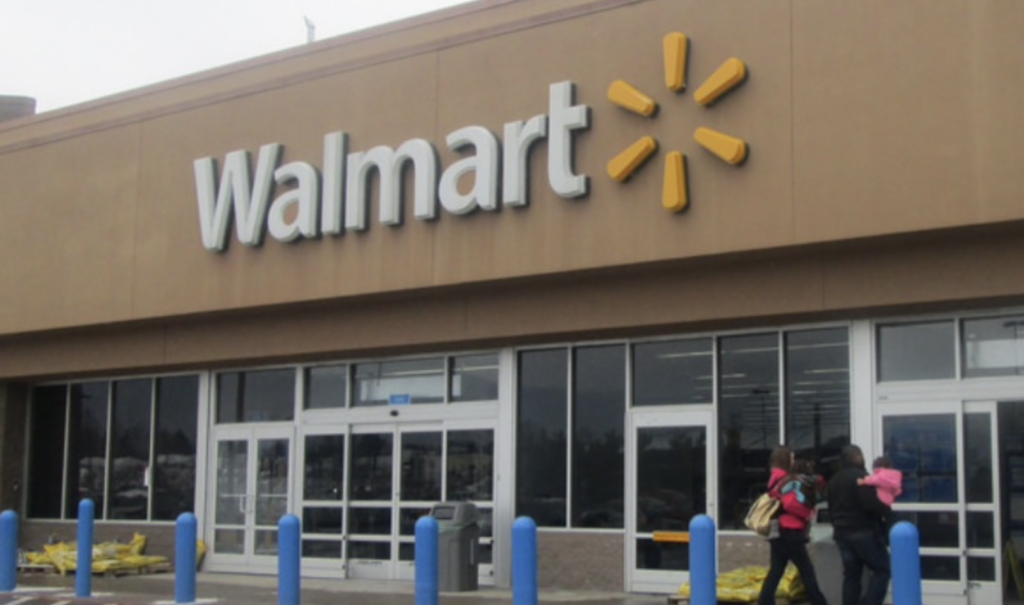Why Walmart’s Sales Are Seriously Suffering
Walmart has some serious woes on its hands. The retail behemoth is suffering significantly from the unceasing effects of inflation.
This article is more than 2 years old

Walmart is suffering through a period of measurable woes, at present. Similar to many other businesses across all industries, Walmart is finding that even it is not immune to inflation’s far-reaching and deeply affecting effects. Consequently, the retailer has made significant revisions to its earning expectations amid a slew of inflation-related challenges.
The news that Walmart is slashing its earnings expectations came following a measurable dip in its share value. CNBC reported that Walmart stock fell by a notable 8%. The company expects that downward trend to continue through to at least the end of the year. By the end of 2022 Walmart predicts that its overall value per share will fall approximately 13%. This is a stark difference from the 1% increase that it estimated just last quarter.
Walmart is directly attributing its losses to where its consumers are spending their money. In recent months there has been a substantial shift in the products that customers are buying up in Walmart stores. With the rate of inflation running rampant, consumers are putting more of a focus on purchasing essential items and have backed off heavily from spending any money on tertiary and leisure items. Relatedly, because of this escalating trend not only are Walmart’s profits suffering but it has serious overstock issues on its hands. Some stores are dealing with stock rooms that have become so flooded with merchandise that it’s become a serious safety hazard. Walmart is attempting to combat this by letting customers keep some items they intended to return while still refunding them the money.
Moreover, Walmart’s market performance is a good indicator of the health of the overall retail landscape as a whole. This is because of the sheer size, scope, and immense customer base that the retailer boasts. The spending patterns that Walmart is seeing are consistent with what’s happening industry-wide. Inflation is really starting to affect individuals’ budgets. This is despite the fact that there was initially a lot of consumer resiliency that many experts attributed to years of pandemic-related lockdowns and restrictions. With things getting more and more expensive, however, people are beginning to finally pull back noticeably on their expenditures.
Now, Walmart is concentrating its efforts on ways in which to still generate substantial profit within this challenging economic landscape. The retailer plans to lean heavily into selling more of what is selling – food and other essentials. Additionally, it plans to leverage the back-to-school season the best it can. For instance, students going back to college inherently need things to furnish their dorms with. Profit margins for dorm supplies are higher compared to the margins for essentials like food, which could help Walmart recover some lost revenue. Other back-to-school items will also sell well out of sheer necessity.
Still, it is unclear whether or not this predicted revenue will be enough to keep Walmart’s head above water. Walmart’s current predicament will likely become more clear when the company releases its next earnings report in the middle of August. Although, given the reports thus far, it will almost undoubtedly be consistent with the retailer’s aforementioned projections.



